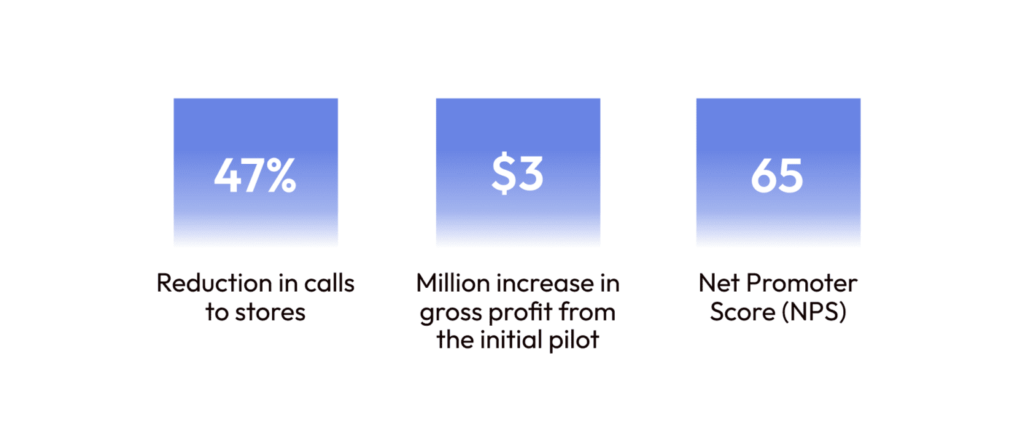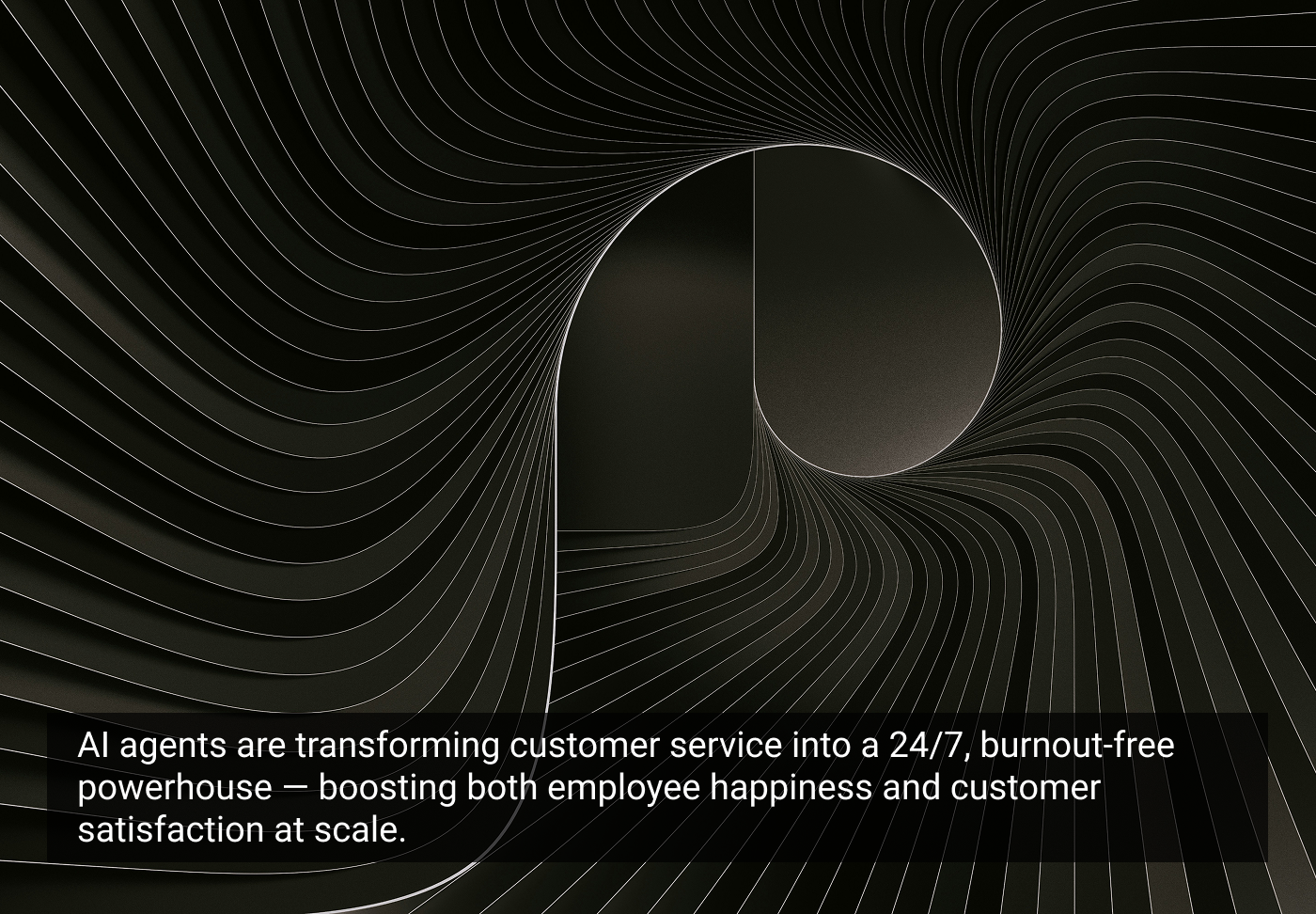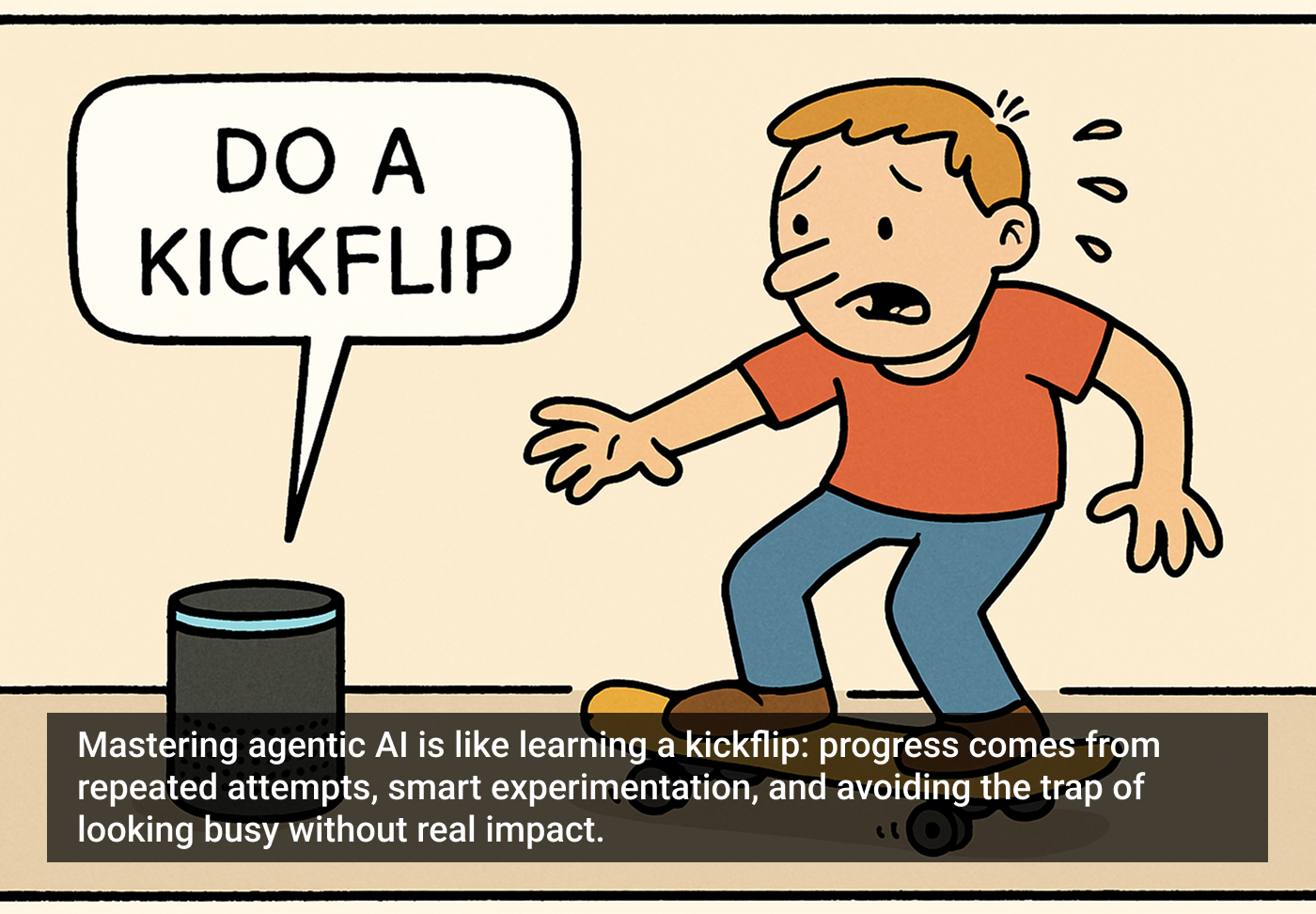According to last year’s US Customer Experience Index from Forrester, “Customer Experience (CX) quality among brands in the U.S. sits at an all-time low after declining for an unprecedented third year in a row.”1 The report points to several factors, among them an inability to provide a seamless customer and employee experience as well as an underwhelming rollout of chatbots.
This is exacerbated by burnout among customer service agents. “Instead of being able to focus on doing their jobs well, frontline employees have been forced into new roles,” Forbes contributor Blake Morgan points out. “They don’t just answer customer questions or sell products — now they are security guards, mask mandate enforcers, listening ears, and bearers of bad news. Across every industry, from retail to hospitality, employees are facing increasingly rude and unruly customers.”2
The two problems can feed into one another, as poorly executed chatbots fail to meet customer needs, increasing the frustrations they might unleash on a human agent who is also deeply unsatisfied. This article shows how properly leveraging agentic AI-led orchestration can decrease friction and pain on both sides of this frayed relationship by providing better CX, all day, every day.
A prescription for leveraging agentic AI in customer service
Shortly after the announcement of COVID-19 lockdowns, T-Mobile, the third-largest wireless carrier in the United States, moved its Colorado Springs call center to an all-remote operation3. After equipping reps with the right tech — which was logistically challenging but not insurmountable — the wireless provider faced a more difficult task: supporting the team remotely.
They made an impressive pivot, distributing printed guides, organizing virtual training sessions, and creating an IT war room for in-the-moment tech issues. However, all of this work uncovered a problem: there were never enough experienced call center leads to guide and mentor reps as they wrestled with unique customer problems.
Here’s how agentic AI solves this problem. A remote sales rep gets a call from a disgruntled customer about a purchase they made online. While the rep listens patiently, an AI agent processes the conversation in real time, prompting the rep with possible responses and solutions. This has become drastically easier using large language models (LLMs), which are proficient at summarizing unstructured data and extracting data points.
This is one of many agentic AI use cases that create a better experience on both sides of the interaction. For the agent, there’s no one-page guide to dig up, no virtual training to wait for, no war room to lean on. With all relevant company and customer-released data at its digital fingertips, a human agent can offer practical solutions tailored to each situation. The customer gets targeted help on a much shorter timeline.
Beyond alleviating the burden of an organization scrambling to find support channels for its team, agentic AI also makes higher-level training superfluous. If an AI agent is always at the ready to instruct and guide, employees won’t have to drudge through onsite training; they can simply walk through a quick tutorial guided by the agent and dive into work.
Customer service revitalized with AI agents
OneReach.ai recently worked with a leading national retailer in the U.S. that sought to effectively automate and manage phone calls in its physical locations. This required a new, comprehensive customer contact center, intelligent SMS strategies for customer-facing applications, and centralized customer communication channels for better analytics.
For this company — already recognized by Forbes as a Customer Experience All-Star — the first phase of agentic AI-led orchestration included the following components:
- AI agents for managing retail-location phone calls
- A brand new customer contact center, with human-in-the-loop (HITL) and live agent tools
- SMS for all customer-facing applications, including intelligent outbound marketing campaigns.
Over the course of a year, the project included 350+ individual production releases across store locations nationwide. The initial pilot in 2022 led to a $3 million increase in gross profit, with a projected annual increase of $80 million. The agentic solutions created using OneReach.ai’s Generative Studio X (GSX) orchestration platform significantly reduced calls to stores by 47% and achieved a net promoter score (NPS) of 65%.

By taking an agentic AI-led approach to automation, this company is in a position to expand its agent AI solutions, including internal service desk capabilities, enhancing point-of-sale options, enabling omnichannel text-to-pay, and integrating deeper with customer relationship management (CRM) applications to improve CX even further.
Want to learn more about agentic AI? Download a free whitepaper from OneReach.ai.
Better employee experience leads to a better customer experience
Often, organizations hoping to improve experiences for their customers can begin by improving workflows for employees. The advantages of this approach can be twofold. By creating meaningful automations that improve the quality of customer-facing jobs, you put employees in a better position to provide excellent service. There’s also a distinct advantage to beginning a journey with agentic AI without exposing customers to early deployments that will inevitably be less than optimal.
As Robb Wilson (OneReach.ai CEO) and Josh Tyson write in their bestselling book about agentic AI, Age of Invisible Machines: “By working directly with employees to automate specific tasks, you begin setting up the structure for future automation. You can continuously improve on automations with the people who understand the specific tasks, and, because these initial applications won’t be customer-facing, you can build, test, iterate, test, iterate, test, and deploy as frequently as needed. The better your organization becomes at rolling out successful skills and internal automations, the faster your ecosystem will evolve. “
For most organizations, customer experience and employee experience are deeply intertwined. The companies that find ways to create value out of this relationship will not only surge ahead of their competitors in terms of technology adoption, but they will also further expose just how fractured and inefficient non-agentic approaches to user experience have become.
There is a clear return on investment (RoI) for adopting AI agents for customer service
Clearly, an appetite exists for the kind of enhanced CX that agentic AI can create for organizations. There are already examples like Lemonade (a lauded tech company that happens to sell insurance) that were built around the pursuit of agentic AI and are reaping the results.
“The biggest thing that pushed me to convert to Lemonade was the utterly charming AI chatbot,” Juliette van Winden wrote more than five years ago in a Medium post dedicated to their chatbot, Maya. “24/7, 365, day or night, Maya is there to answer any questions and guide the user through the sign-up process. Unlike the drag of signing up with other providers, it took me a total of two minutes to walk through all the steps with Maya… What intrigued me the most is that it didn’t feel like I was chatting with a bot. Maya is funny and charismatic, which made the exchange feel authentic.”4
Being a young, tech-first company put fewer hurdles in Lemonade’s path, but established enterprises can’t expect to sit out the race toward the adoption of agentic AI and survive. As Gartner has predicted, “By 2029, agentic AI will autonomously resolve 80% of common customer service issues without human intervention.”5
According to Rick Parrish, VP and research director at Forrester, while organizations will struggle with the scale of change required to truly put customers at the center of their operations, “It’s worth it… our research finds that firms that are customer-obsessed grow revenue, profit, and customer loyalty faster than their competitors.”
- 1Forrester’s 2024 US Customer Experience Index: Brands’ CX Quality Is At An All-Time Low
- 2Customer-Facing Employees Are Burned Out: Here’s What To Do About It, Forbes
- 3T-Mobile moved 860-employee call center to remote work in four days, The Denver Gazette
- 4Love At First Chat, With Lemonade’s AI Chatbot Maya, Medium
- 5Gartner Predicts Agentic AI Will Autonomously Resolve 80% of Common Customer Service Issues Without Human Intervention by 2029
The article originally appeared on OneReach.ai.
Featured image courtesy: Pawel Czerwinski.







